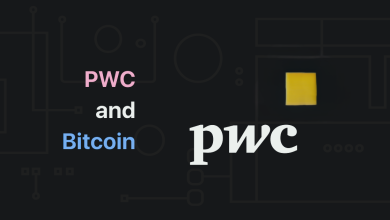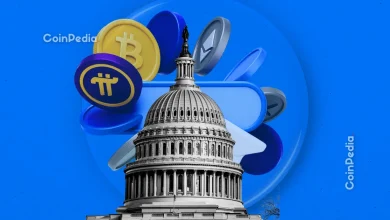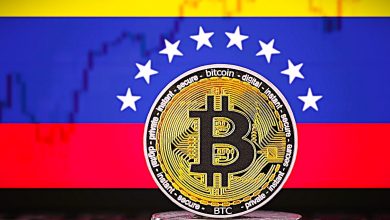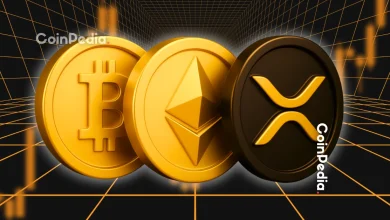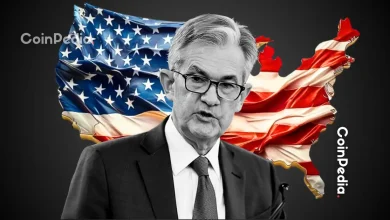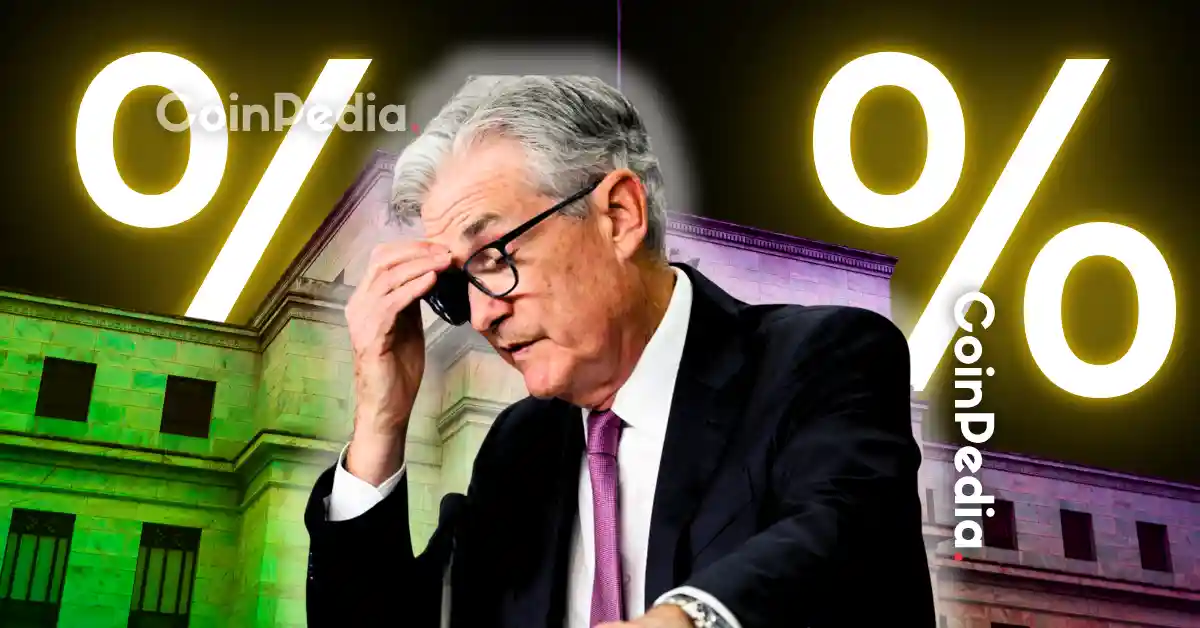
The Fed is expected to keep rates steady at 4.25%–4.50% on July 19, with a 96.9% chance of no change, according to Matthew Dixon.
Stable rates could benefit crypto markets, while political pressure from President Trump adds tension ahead of the 2026 election cycle.
The next Federal Reserve FOMC meeting is scheduled for July 19, 2025, and all eyes are on the central bank’s decision. Veteran trader Matthew Dixon has made a sensational claim on X, stating there’s a 96.9% chance the Fed will keep rates unchanged at 4.25%–4.50%, and zero probability of a rate hike.
Dixon also noted a minor 3.1% chance of a 25 bps rate cut, but he emphasized that the Fed’s current stance is firmly on hold. His prediction aligns with broader market sentiment, which suggests the central bank is content to observe further economic data before making any policy shifts.
June FOMC Meeting Shows Shift in Fed Sentiment Toward Fewer Cuts
The previous FOMC meeting on June 18, 2025, ended with the Fed keeping its benchmark rate steady. Interestingly, while the Fed’s dot plot continued to signal two cuts later in the year, an increasing number of officials—seven compared to four previously—favored no further cuts in 2025. This growing hesitation reflects ongoing concern over sticky inflation, even as headline numbers have cooled.
The last actual rate cut was on December 18, 2024, when the Fed reduced the rate by 25 basis points. That was the third cut in a series that began in September 2024, when the Fed executed a surprise 50 bps cut, followed by another 25 bps cut in November.
Economic Data Suggests No Urgency for Fed Action
At the heart of this decision-making is the inflation trend. After starting the year at 3%, US inflation fell steadily to a low of 2.3% in April, before inching back up to 2.7% in June. This suggests that while inflation has moderated, it’s not yet decisively under control.
The US unemployment rate has remained relatively stable. From 4% in January, it rose to 4.1% in February and hovered around 4.2% through May, before settling back at 4.1% in June. This level signals a cooling—but not collapsing-job—job market, giving the Fed room to be patient.
Trump Targets Fed Chair Powell in Battle Over Interest Rates
Beyond economic indicators, the Fed faces growing political heat. President Donald Trump has repeatedly criticized Chair Jerome Powell, urging aggressive rate cuts down to 1% to stimulate growth and reduce government borrowing costs. Powell, however, has stood firm, stating that the Fed will continue making data-driven decisions, regardless of political pressure.
This clash between the executive branch and the central bank has drawn attention globally, especially given the proximity to the 2026 election cycle.
Crypto Markets Welcome Rate Stability, Says Matthew Dixon
Matthew Dixon believes a pause in rate hikes is mildly bullish for risk-on assets, including crypto. With no surprises expected from the Fed, the market has likely priced in the steady policy stance.
Historically, stable or falling interest rates support Bitcoin and altcoins, as lower yields encourage risk-taking. Crypto markets tend to react sharply to unexpected Fed pivots, but in this case, the outlook appears calm, at least for now. As the Fed heads into its July 19 meeting, the message from both the markets and insiders like Dixon is clear: no change is coming. Inflation is manageable, employment is steady, and the Fed appears comfortable staying on pause. While political tensions continue to simmer, Powell’s team seems unlikely to act under pressure.
Never Miss a Beat in the Crypto World!
Stay ahead with breaking news, expert analysis, and real-time updates on the latest trends in Bitcoin, altcoins, DeFi, NFTs, and more.
FAQs
The Federal Open Market Committee (FOMC) holds eight regularly scheduled meetings each year, approximately every six to eight weeks. They may also hold additional unscheduled meetings if economic conditions require immediate action.
The main function of the Federal Open Market Committee (FOMC) is to set U.S. monetary policy. This involves making key decisions about interest rates, particularly the federal funds rate, and overseeing open market operations (buying and selling government securities) to influence the availability and cost of money and credit in the economy. Its primary goals are to achieve maximum employment and price stability.
Trust with CoinPedia:
CoinPedia has been delivering accurate and timely cryptocurrency and blockchain updates since 2017. All content is created by our expert panel of analysts and journalists, following strict Editorial Guidelines based on E-E-A-T (Experience, Expertise, Authoritativeness, Trustworthiness). Every article is fact-checked against reputable sources to ensure accuracy, transparency, and reliability. Our review policy guarantees unbiased evaluations when recommending exchanges, platforms, or tools. We strive to provide timely updates about everything crypto & blockchain, right from startups to industry majors.
Investment Disclaimer:
All opinions and insights shared represent the author's own views on current market conditions. Please do your own research before making investment decisions. Neither the writer nor the publication assumes responsibility for your financial choices.
Sponsored and Advertisements:
Sponsored content and affiliate links may appear on our site. Advertisements are marked clearly, and our editorial content remains entirely independent from our ad partners.

